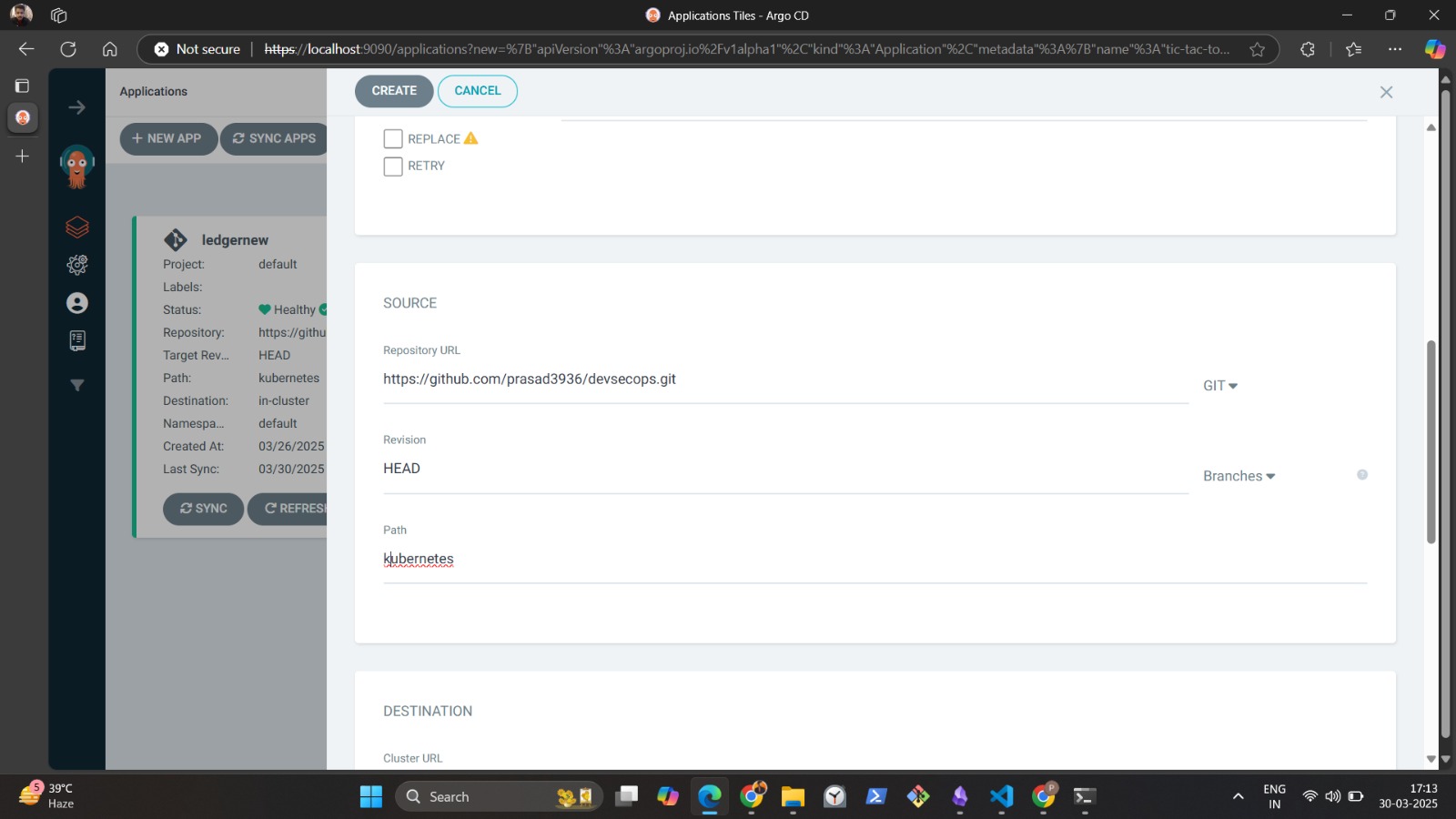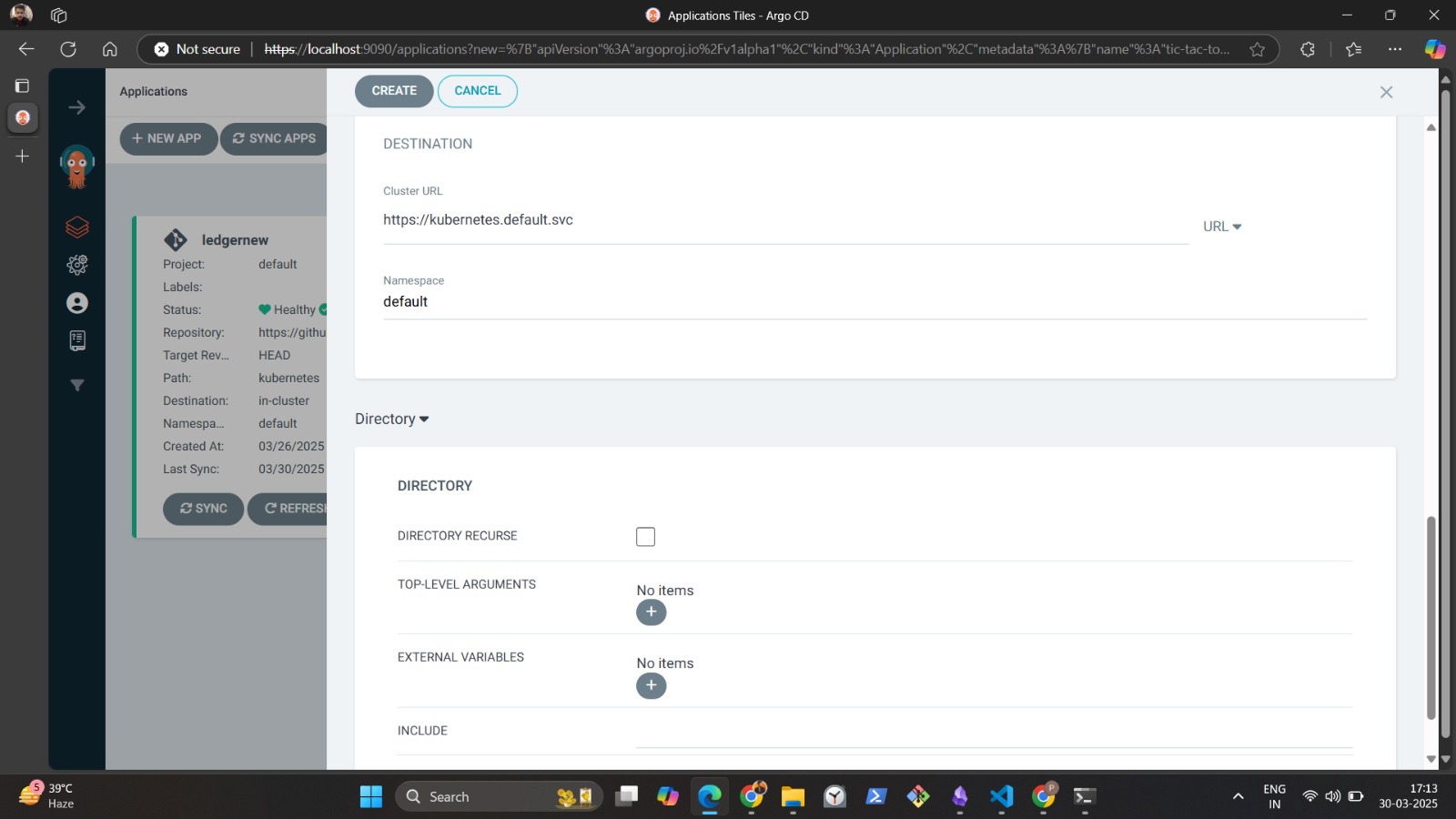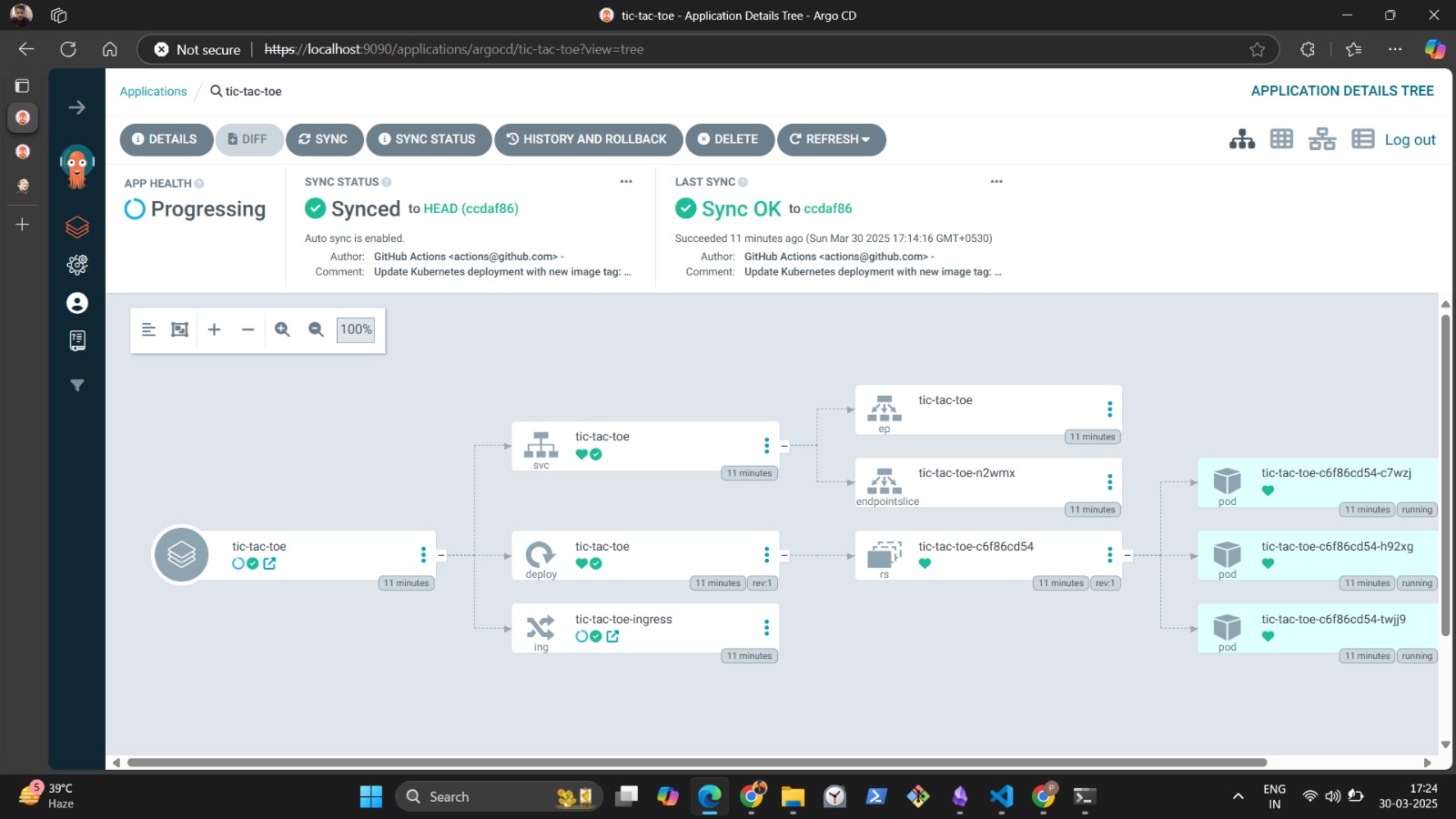Setting Up Kind, Kubectl, and ArgoCD on Ubuntu Linux
 Prasad Zungare Patil
Prasad Zungare PatilKubernetes is a powerful tool for managing containerized applications, and Kind (Kubernetes in Docker) provides a lightweight way to create Kubernetes clusters locally using Docker. This guide walks you through installing Kind, Kubectl, and ArgoCD on a Linux system.
Installing Kind on Linux
To install Kind, run the following commands based on your system architecture:
# For AMD64 / x86_64
[ $(uname -m) = x86_64 ] && curl -Lo ./kind https://kind.sigs.k8s.io/dl/v0.27.0/kind-linux-amd64
# For ARM64
[ $(uname -m) = aarch64 ] && curl -Lo ./kind https://kind.sigs.k8s.io/dl/v0.27.0/kind-linux-arm64
# Make the binary executable
chmod +x ./kind
# Move it to a system-wide location
sudo mv ./kind /usr/local/bin/kind
For more details, refer to the Kind official documentation.
Creating a Kubernetes Cluster with Kind
Once Kind is installed, you can create a cluster with:
kind create cluster --name=<NAME OF CLUSTER>
This command initializes a Kubernetes cluster using Docker as the container runtime.
Installing Kubectl
Kubectl is the command-line tool used to interact with Kubernetes clusters. Install it using:
curl -LO "https://dl.k8s.io/release/$(curl -L -s https://dl.k8s.io/release/stable.txt)/bin/linux/amd64/kubectl"
Make it executable and move it to a system-wide location:
sudo install -o root -g root -m 0755 kubectl /usr/local/bin/kubectl
Verify installation:
kubectl version --client
For more details, visit the Kubernetes official documentation.
Deploying ArgoCD
ArgoCD is a declarative GitOps continuous delivery tool for Kubernetes. To install it, run:
kubectl create namespace argocd
kubectl apply -n argocd -f https://raw.githubusercontent.com/argoproj/argo-cd/stable/manifests/install.yaml
Accessing the ArgoCD Dashboard
Use port forwarding to access the ArgoCD UI:
kubectl port-forward svc/argocd-server -n argocd 9090:80 --address 0.0.0.0
Now, you can access the ArgoCD web UI at http://localhost:9090.
Logging into ArgoCD
By default, the username is admin. To retrieve the initial password, run:
kubectl edit secret argocd-initial-admin-secret -n argocd
Then decode the password using:
echo "<secret>" | base64 --decode
Deploying Applications with ArgoCD
Log in to the ArgoCD UI.
Click Create App.
Fill in the necessary details like the application name, Git repository link, and Kubernetes cluster details.
Click Create to deploy your application.
For more details, refer to the ArgoCD documentation.




Conclusion
By following this guide, you have successfully installed Kind, Kubectl, and ArgoCD on your Linux system, created a Kubernetes cluster, and deployed an application using ArgoCD. This setup enables you to test and manage Kubernetes applications efficiently in a local environment.
Subscribe to my newsletter
Read articles from Prasad Zungare Patil directly inside your inbox. Subscribe to the newsletter, and don't miss out.
Written by
